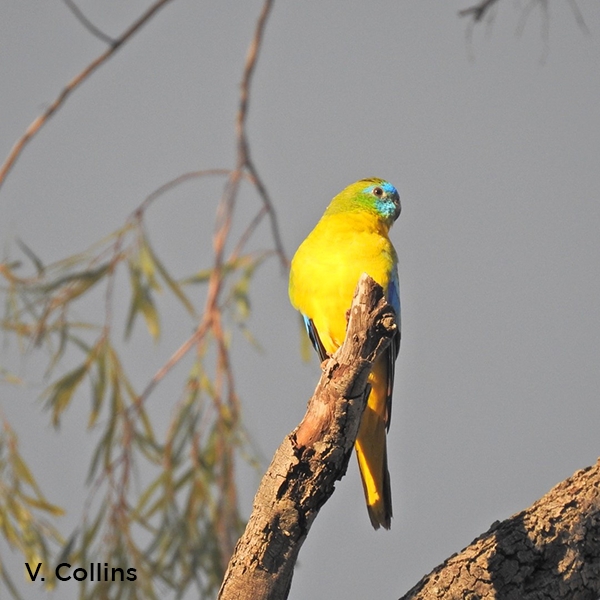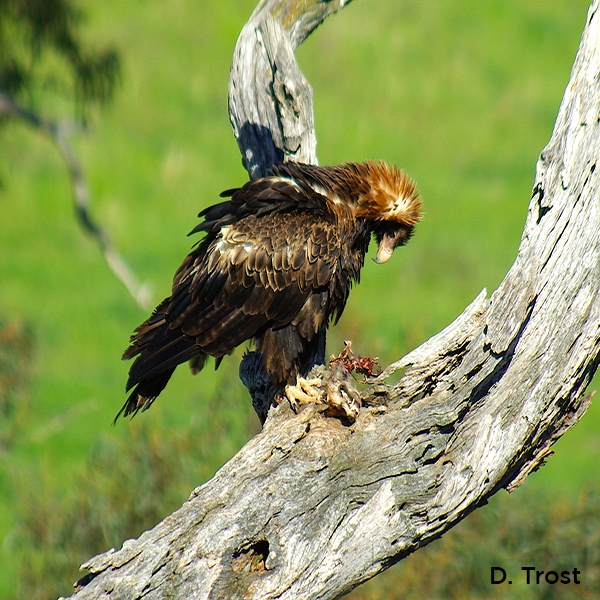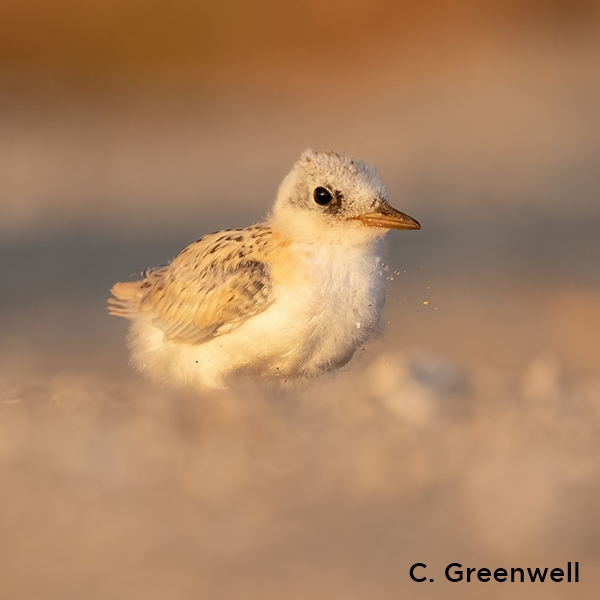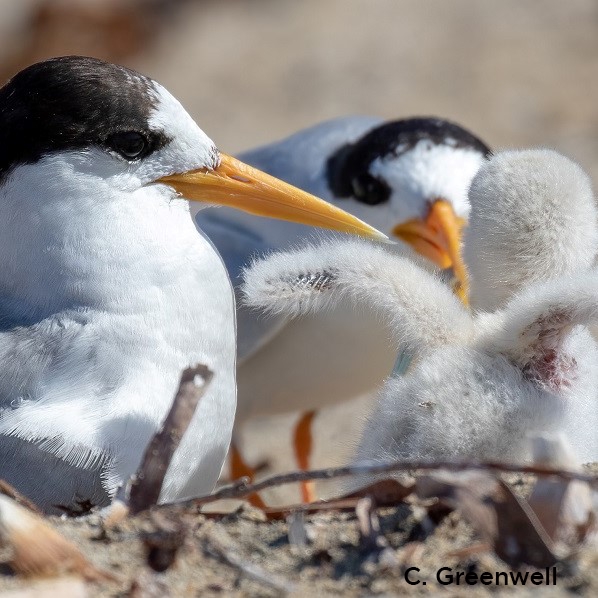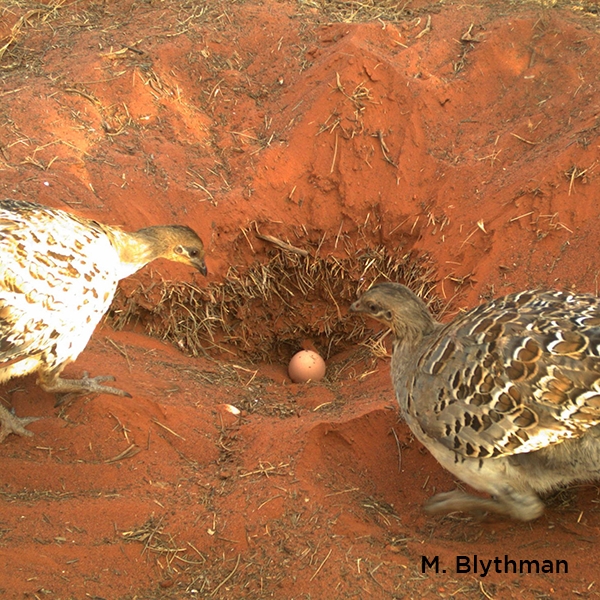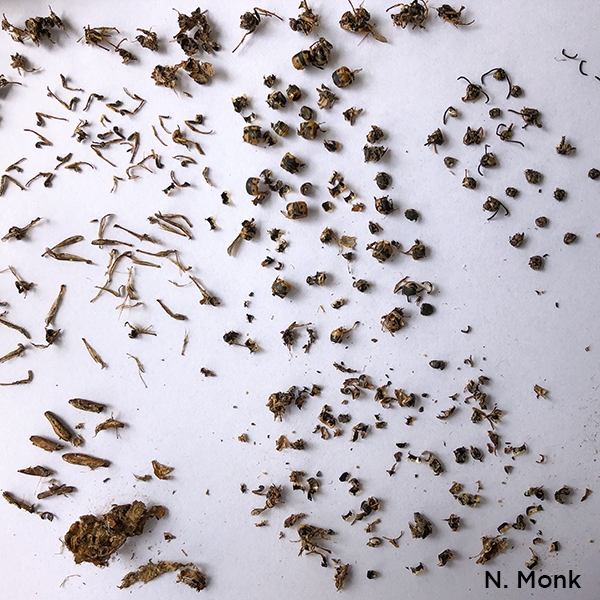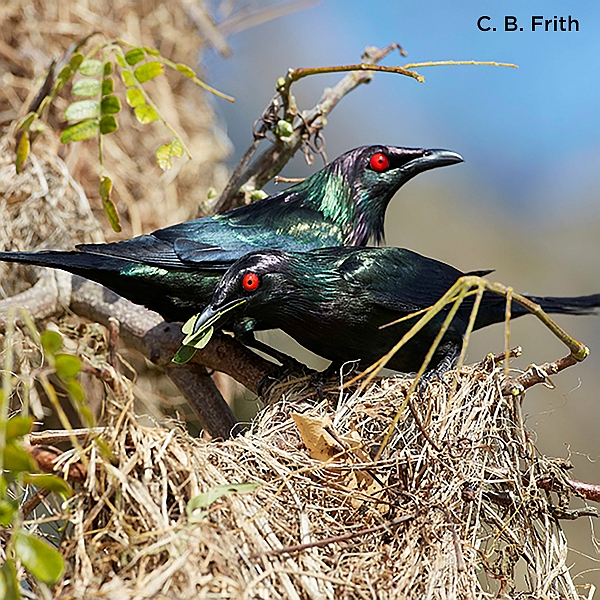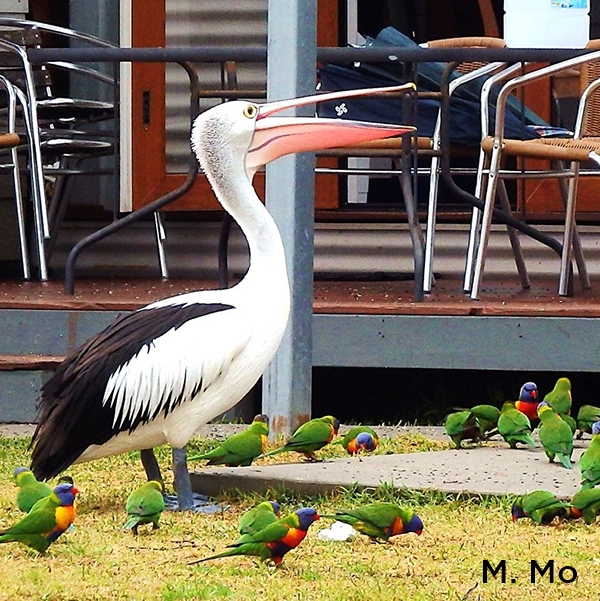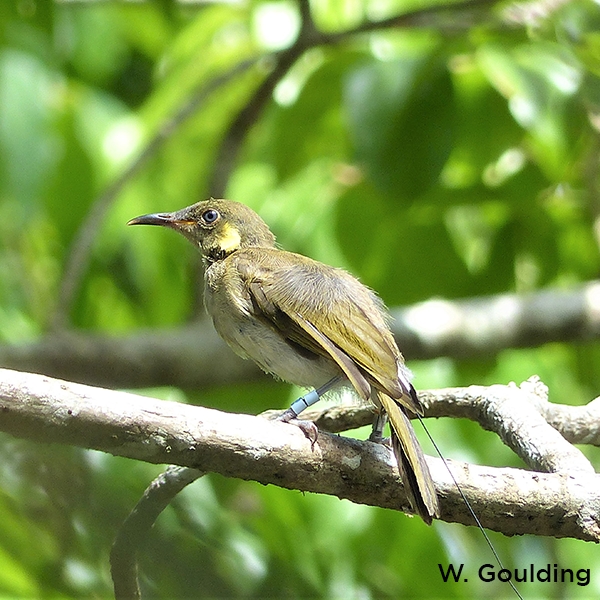More than just Night Parrots: A baseline bird survey of Pullen Pullen Reserve, south-western Queensland
A. S. Kutt, S. G. Kearney, P. L. Kern
pp. 1-12
Abstract
The birds of arid environments often exhibit nomadism, seasonal breeding and population fluctuations that respond to highly variable weather patterns. In this study we present data from a baseline bird survey in Bush Heritage Australia’s Pullen Pullen Reserve in south-western Queensland. We conducted seasonal surveys (October–November 2018, May 2019) in 40 sites representing Spinifex (Triodia spp.) grasslands, a complex of Mitchell Astrebla spp./chenopod grasslands and Georgina Gidgee Acacia georginae riparian woodlands, using a standardised 2-ha census. A total of 85 species was recorded
in the standardised sites, as well as an additional 16 species recorded opportunistically. Twenty-six species (31%), many of which were nomadic, were recorded from only one of the surveys. Bird abundance and species richness were highest in the post-wet-season survey (May 2018), and there was strong variation in the composition of the bird species between the three habitats surveyed. These data provide a baseline to continue monitoring and to understand the resident and more peripatetic elements of this arid bird community, which should be surveyed regularly to investigate the role of changing management and the long-term influence of global environmental change.
References
Anderson, M.J. (2001). A new method for non-parametric multivariate analysis of variance. Austral Ecology 26, 32–46.
Anderson, M.J., Clarke, K.R. & Gorley, R.N. (2008). PERMANOVA+ for Primer. Guide to Software and Statistical Methods. University of Auckland and PRIMER-E Ltd, Plymouth, UK.
Clarke, K.R. & Gorley, R.N. (2015). PRIMER Version 7 User Manual and Program. PRIMER-E Ltd, Plymouth, UK.
Dickman, C. & Tischler, M. (2010). Mammals and birds: Life on the move. In: Robin, L., Dickman, C. & Martin, M. (Eds). Desert Channels: The Impulse to Conserve, pp. 170–191. CSIRO Publishing, Melbourne.
ESRI (2019). ArcGIS 10.7.1. Environmental System Research Institute, Inc, Redlands, California, USA.
Hopkins, H.L. & Kennedy, M.L. (2004). An assessment of indices of relative and absolute abundance for monitoring populations of small mammals. Wildlife Society Bulletin 32, 1289–1296.
Iwaniuk, A.N., Keirnan, A.R., Janetzki, H., Mardon, K., Murphy, S., Leseberg, N.P. & Weisbecker, V. (2020). The endocast of the Night Parrot (Pezoporus occidentalis) reveals insights into its sensory ecology and the evolution of nocturnality in birds. Scientific Reports 10, 9258.
Jordan, R., James, A.I., Moore, D. & Franklin, D.C. (2017). Boom and bust (or not?) among birds in an Australian semi-desert. Journal of Arid Environments 139, 58–66.
Kearney, S.G., Kutt, A.S. & Kern, P.L. (2021). A baseline terrestrial vertebrate fauna survey of Pullen Pullen; a significant conservation reserve in south-west Queensland. Australian Zoologist doi: 10.7882/AZ.2020.038.
Leseberg, N.P., Murphy, S.A., Jackett, N A., Greatwich, B.R., Brown, J., Hamilton, N., Joseph, L. & Watson J.E.M. (2019). Descriptions of known vocalisations of the Night Parrot Pezoporus occidentalis. Australian Field Ornithology 36,79–88.
Leseberg, N.P., Murphy, S.A., Jackett, N.A., Webster, P.T.D., MacColl, C., Stoetzel, H.J. & Watson, J.E.M. (2020a). Recognising the impact of sight record assessment on the scientific record and a species’ conservation status. Emu 120, 181–183.
Leseberg, N.P., Venables, W.N., Murphy, S.A. & Watson, J.E.M. (2020b). Using intrinsic and contextual information associated with automated signal detections to improve call recognizer performance: A case study using the cryptic and critically endangered Night Parrot Pezoporus occidentalis. Methods in Ecology and Evolution 11, 1520–1530.
Ley, A., Tynan, B. & Cameron, M. (2011). Birds in Diamantina National Park, Queensland. Australian Field Ornithology 28 (Supplement), 1–208.
Lindenmayer, D.B. & Likens, G.E. (2009). Adaptive monitoring: A new paradigm for long-term research and monitoring. Trends in Ecology & Evolution 24, 482–486.
Lindenmayer, D.B. & Likens, G.E. (2010). Improving ecological monitoring. Trends in Ecology & Evolution 25, 200–201.
Murphy, S.A. & Murphy, R.K. (2016). Fire History and Management in the Mayne and Nisbet Ranges, South-west Queensland. A Report to Bush Heritage Australia. Adaptive NRM, Malanda, Qld.
Murphy, S.A., Austin, J.J., Murphy, R.K., Silcock, J., Joseph, L., Garnett, S.T., Leseberg, N.P., Watson, J.E.M. & Burbidge, A.H. (2017). Observations on breeding Night Parrots (Pezoporus occidentalis) in western Queensland. Emu 117, 107–113.
Murphy, S.A., Paltridge, R., Silcock, J., Murphy, R., Kutt, A.S. & Read, J. (2018). Understanding and managing the threats to Night Parrots in south-western Queensland. Emu 118, 135–145.
Payne, R., Wellingham, S. & Harding, S. (2010). A Guide to REML in GenStat Release 13. VSN International Ltd, Hertfordshire, UK.
Price, B., McAlpine, C.A., Kutt, A.S., Phinn, S.R., Pullar, D.V. & Ludwig, J.A. (2009). Continuum or discrete patch landscape models for savanna birds? Towards a pluralistic approach. Ecography 32, 745–756.
Queensland Department of Environment & Science (2018). Statewide Landcover and Trees Study: Overview of Methods. Queensland Department of Environment & Science, Brisbane.
Slade, N.A. & Blair, S.M. (2000). An empirical test of using counts of individuals captured as indices of population size. Journal of Mammalogy 81, 1035–1045.
Tassicker, A.L., Kutt, A.S., Vanderduys, E. & Mangru, S. (2006). The effects of vegetation structure on the birds in a tropical savanna woodland in north-eastern Australia. Rangeland Journal 28, 139–152.
Tischler, M., Dickman, C.R. & Wardle, G.M. (2013). Avian functional group responses to rainfall across four vegetation types in the Simpson Desert, central Australia. Austral Ecology 38, 809–819.
Ver Hoef, J.M. & Boveng, P.L. (2007). Quasi-Poisson vs. Negative Binomial regression: How should we model overdispersed count data? Ecology 88, 2766–2772.



